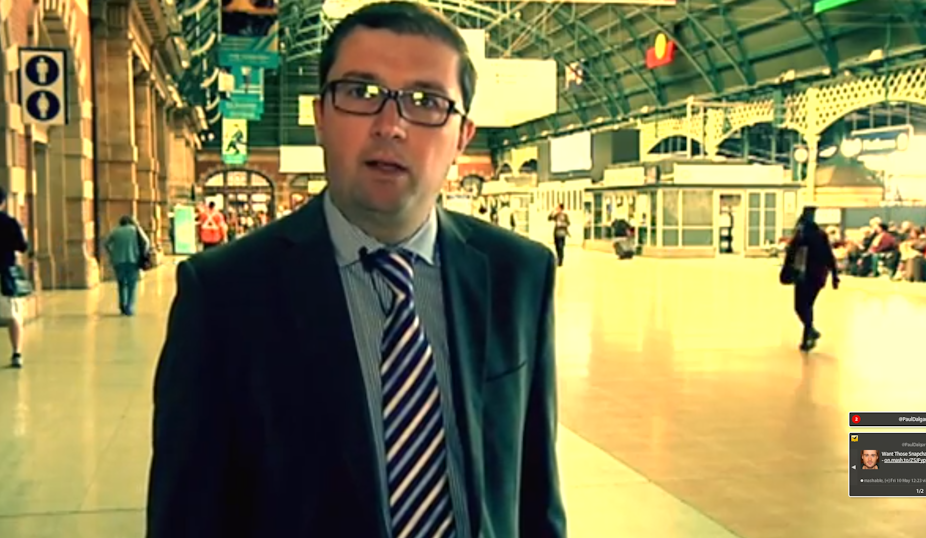Welcome to the second in our new series of video collaborations with SBS. In this episode, Dr Rico Merkert, Senior Lecturer in Aviation Management at the University of Sydney, gives his view on the Australian federal government’s plans for high-speed rail.
Introduction:
For trips of less than 400 kilometres, the door-to-door travel time on high speed trains doesn’t differ all that much to flying. And the longer trips - including the proposed Sydney to Melbourne route in under three hours - may be hindered by communities on the way demanding a stop of their own.
While the environmental benefits are also often cited, there are also some hidden environmental downsides - not to mention cost. Merkert proposes that, as the European example shows, high-speed rail complementing air travel may be the more viable option, if it ever happens in Australia.
Full video transcript:
Modern high-speed trains are very fast, comfortable, reliable – they connect city centre with city centre.
Because these trains come with power sockets, free WiFi, stable mobile phone operation, people can spend that travel time working on the trains.
High-speed train travel offers less waiting time at airports and substantially less hassle with security, check-in and luggage. Given that Sydney-Melbourne is the fourth busiest airline route in the world, there is quite a lot of demand for high-speed travelling along Australia’s east cost. But the process of implementing high-speed rail in Australia is no easy feat. High-speed trains require high-speed infrastructure.
I’m originally from Germany, where high-speed trains connecting the large cities are the norm. This is true for most Western European countries, China, Japan, South Korea and even Russia.
Australian airlines shouldn’t be too afraid with losing some of the most important domestic routes. I actually think high-speed trains can help Sydney airport with its predicted capacity problems. Airlines in Europe actually use high speed trains to feed their long haul international routes through the hubs.
Many people talk about the potential of transforming Canberra into a second Sydney airport. Giving what we have seen so far in Europe it would make a lot more sense to connect Canberra’s city centre with Sydney airport with long haul international flights.
First of all it is questionable whether the assumed 84 million passengers would materialise. Also all the evidence that we have from Europe suggests subsidies that will be required particularly for the infrastructure operation.
The question is then if the government should spend tax payers money on a service that is already provided by the private sector at a profitable level in the form of aviation.
The required tunnelling of some 144 kilometres is not only costly but will bring with it a substantial amount of consultation. Many people claim that high speed trains emit a lot less CO2 emissions compared to an aeroplane but, of course, you would have to also factor in the energy intense construction phase, you also have to consider the energy mix once the high speed train is in operation.
They assume that these trains were run constantly at 350 kilometres per hour, the fastest trains in Europe, China and Japan currently run at 320 kilometres maximum. We would have to have non-stop connections between the city centres of Sydney, Melbourne, Canberra and Brisbane this is because it takes a while to slow down and also to accelerate. This is not only time consuming but also very energy intense.
These trains wouldn’t stop anywhere else which would surely will create some opposition amongst the communities that currently hope to benefit from the train stop in exchange for having a high speed train going through their backyard.
And all of that doesn’t even consider the A$114 billion upfront infrastructure cost that are likely to go up given the amount of tunnelling that is required.
High-speed rail in Australia would be very exciting indeed to have, but unless the government is prepared to make a strategic rather than a cost benefit decision on this project I don’t see any high-speed rail coming to Australia in the near future.
The Institute of Transport and Logistics Studies at the University of Sydney Business School will host “HSR in Australia forum – is it value for money?” on May 22, 2013.

